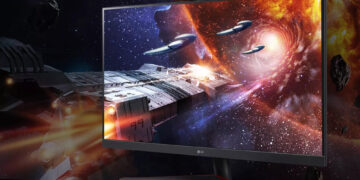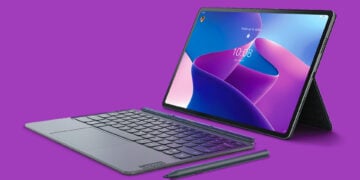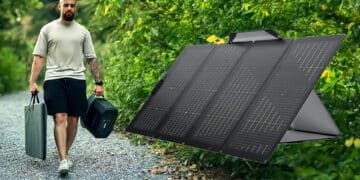Computer peripherals continue to be hot property. Whether entry-level and novice or even a hardcore gamer, there is always the next peripheral on the horizon. I, too, can attest to this. While I already have a relatively decent setup, there is always that one device on the radar. The most common of these are the gaming mouse and keyboard. Logitech, a world leader in the industry, recently added to its growing range of gaming peripherals with the Logitech G309 Lightspeed gaming mouse and the G515 Lightspeed TKL gaming keyboard.
These peripherals offer a stripped approach to its build, focusing more on performance with its low-profile appearance. The question is whether the stripped-down approach works and if the performance gains make it worth opting for something less aesthetic.
Once your gaming rig is configured and ready, your mouse is the most crucial acquisition. For many gamers, having plenty of customisable buttons and LED lighting is the way to go. But for others, having the most minimalist device with excellent performance is critical. Logitech has aimed at this segment of gamers with the G309 Lightspeed Gaming Mouse.
Logitech G309 Lightspeed Gaming Mouse Build And Design
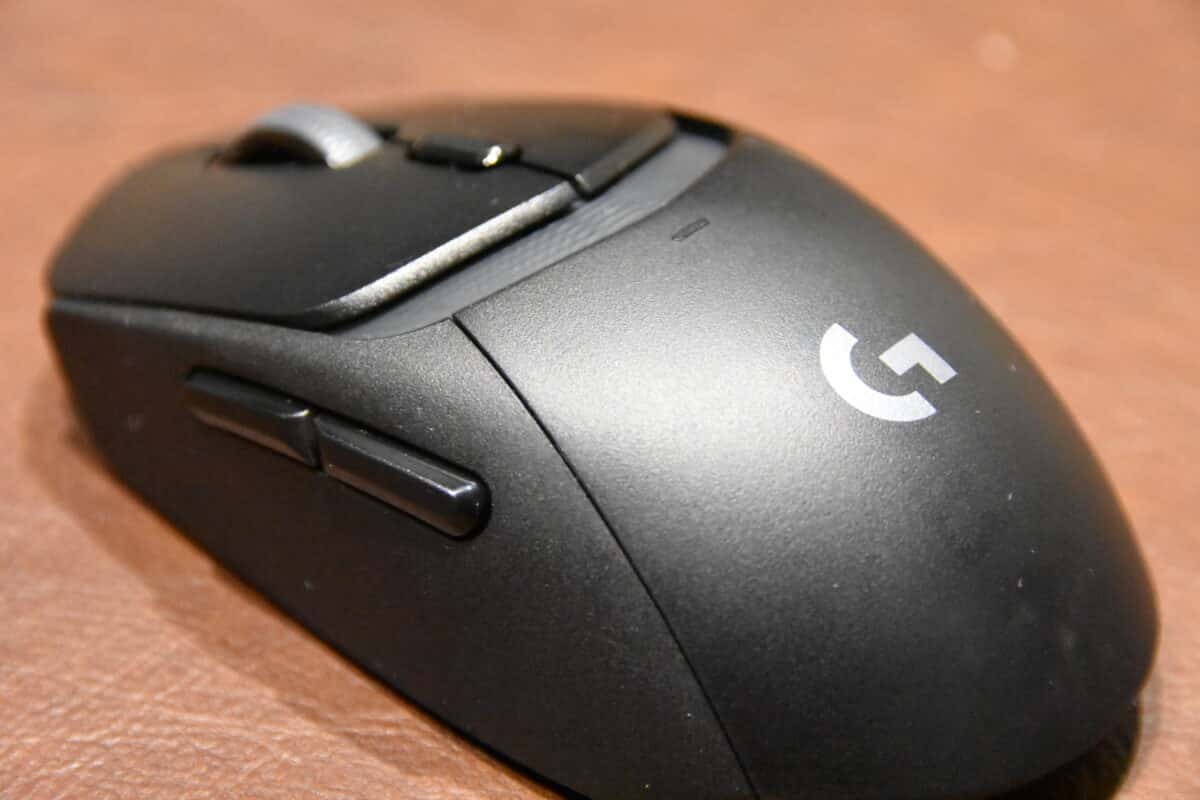
When you unbox the Logitech G309 Lightspeed, you’ll immediately note a few aspects. As stated previously, it has a very low-profile design. Its matte black plastic finish and limited additional buttons also speak to this.
Secondly, it has an ambidextrous shape. Choosing my words carefully in this instance, I wouldn’t necessarily state that it was designed for ambidextrous use, with the two side buttons positioned at the thumb for right-handers but the pinky finger for left-handers.
On the more technical front, the G309 has dimensions of 120x64x39mm (LxWxH). It fits near-perfect into the palm of my hand – much more comfortable than my current daily driver. It weighs 86g with the included battery and 68g without. On average, the 86g weight is roughly 20-30g lighter than many other gaming mouses. This makes for more effortless movement around the mousepad, keeping things as light as possible.
Logitech’s use of PTFE feet below adds to the notion of effortless movement. It is positioned in three regions—the top, centre, and bottom. Regardless of your mousepad, you’re guaranteed to have significant motion.
The mouse has six buttons on the top side, with two additional buttons underneath. The six buttons include the left and right-click buttons, the wheel, which doubles as another button, the DPI toggle, and the two buttons on the left-hand side of the device. The buttons below the device are the connectivity toggle and the power on/off toggle.
I don’t mind the gaming mouse’s stripped-down approach. Its minimalist design doesn’t look out of place, and it offers a few performance gains from its lightweight and smaller footprint overall.
Features
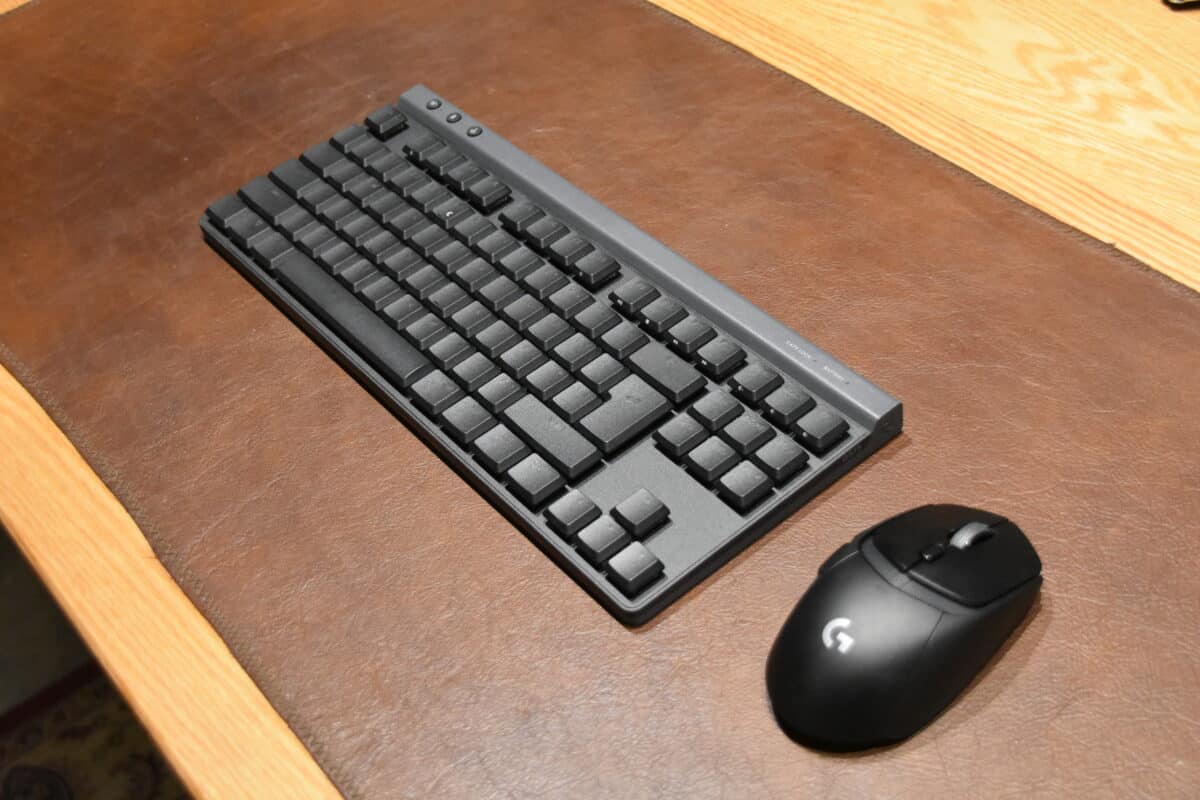
Despite its stripped-down design, the Logitech G309 remains laden with technology, creating many features for good measure.
To start with, it uses Lightforce Switches, which are hybrid optical-mechanical switches. With OEMs opting for optical switches in their peripherals late, finding that on the G309 is unsurprising. The aim is to provide more accuracy over a prolonged period rather than having wear and tear affect your device’s performance with each additional click.
It utilises Logitech Lightspeed wireless technology, as well as Bluetooth, as its two connectivity options. Both of these are pretty easy to configure. With the Lightspeed option, you’ll simply have to connect the Wi-Fi dongle to your source device and turn on the G309, making sure to toggle the correct connectivity option underneath, visible through the two LED indicators. For Bluetooth, you have the added step of having to pair the mouse first before being able to get going. That said, this takes mere seconds to complete.
The G309 uses the HERO 25K sensor, which has a resolution of 100-25,600DPI. It also has a maximum acceleration of 40G, a maximum speed of 400 IPS, and 1,000Hz polling.
In addition to the features mentioned above, the G309 is compatible with the Logitech PowerPlay mousepad. Unfortunately, I could not test this feature as I do not own the mousepad myself. It is worth noting, however, that using the PowerPlay mousepad removes the need for the battery, reducing the overall weight of the mouse by a few grams.
Performance And Battery Life
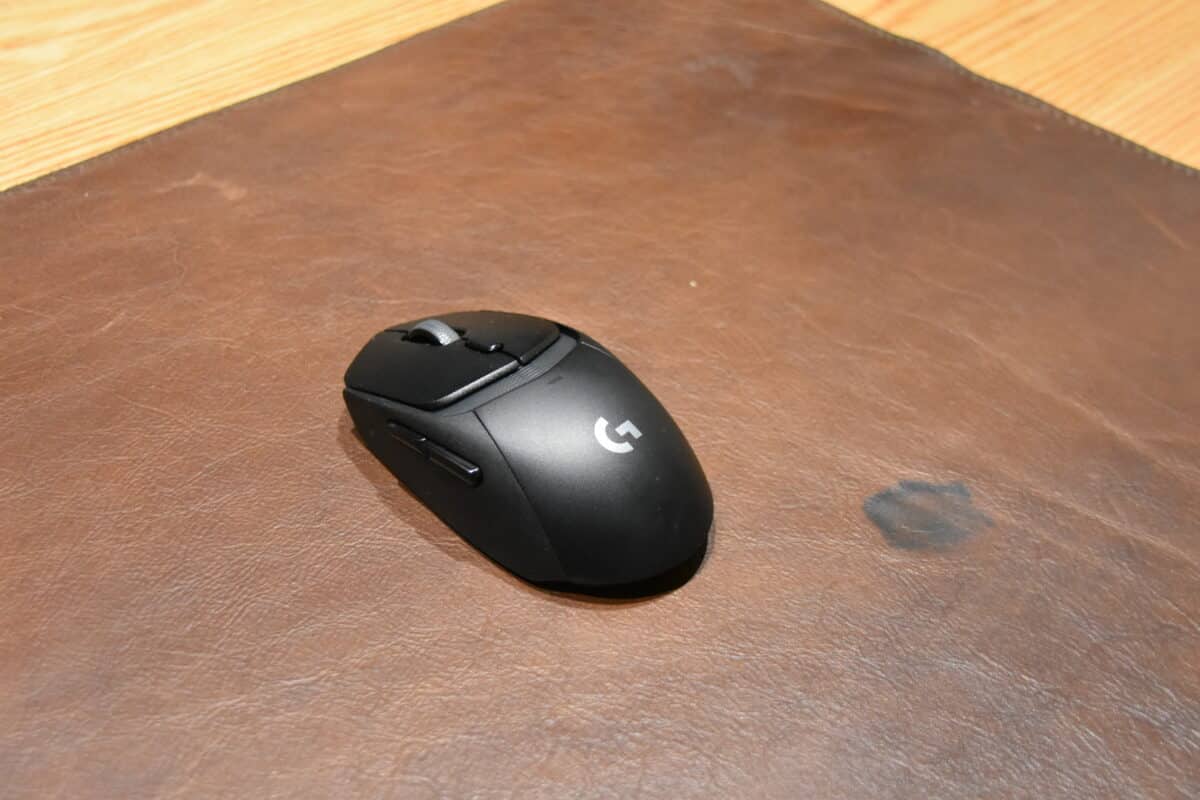
The two connectivity options vary in performance. Keep this in mind when you’re gaming. For example, using the Lightspeed connection, there’s a 1.9ms latency. This increases to 10.4ms when using the Bluetooth connection. That said, it’s still pretty practical and usable for moderate gaming, but hardcore gamers must switch to Lightspeed for the best results.
Adjusting the click using its hybrid switches also provides different results. You’ll get the best results at the 1.9ms latency using the optical-only approach. Switching to hybrid mode, which saves battery life, slightly increases the latency to under 3ms.
With its excellent CPI range, it also delivers accurate performance. As such, the sensor’s tracking of real-world movements delivers a reasonable translation of these movements. It works well and feels more precise than many of the other devices I’ve used over the years. It can still provide the best results even when setting the range to a higher DPI.
It also works quite well regarding click speed and tactile feeling. The clicks have a nice crispness and an audible sound, letting you know. The travel distance has also been minimised, so there’s not a big gap between commencing the click and activating. This is great when gaming; those tiny fractions are crucial to success.
Logitech suggests a battery life of about 300 hours using the Lightspeed wireless option and about 600 hours with Bluetooth. Having tested both of these connectivity options for the best part of a month, especially connecting to two different devices at a time and toggling between them, I have yet to deplete the battery. I expect it will be a few more months until that happens.
As stated above, I tested the dual connectivity option quite often. Switching between my PC and laptop, I could use the toggle to switch between the two devices, and without skipping a beat, I’d continue to use it as if it was connected all along. Although I initially used that to test the connectivity switch between devices, it quickly became a staple, especially with a few review units I had over this period.
RELATED: Logitech G733 Lightspeed Review
Is The Logitech G309 Lightspeed Gaming Mouse Worth Buying?
Despite its minimalistic appearance, the Logitech G309 gaming mouse delivers excellent performance with decent features. It’s not winning any flashy competitions against its competitors, but with its precise clicks and smooth motion, you can be assured that it will give you a solid performance, even as a hardcore gamer. The G309 retails for R1,799. It isn’t as expensive as many other gaming peripherals in this category, although it does have a more streamlined build and aesthetic.
The Review
Logitech G309 Lightspeed Gaming Mouse
The Logitech G309 offers solid performance, precise clicks, and smooth motion, making it a reliable choice for hardcore gamers.
PROS
- Minimalistic design
- Accurate and smooth performance
- Great set of features
- Excellent battery life
CONS
- Not ideal for MMO gamers




